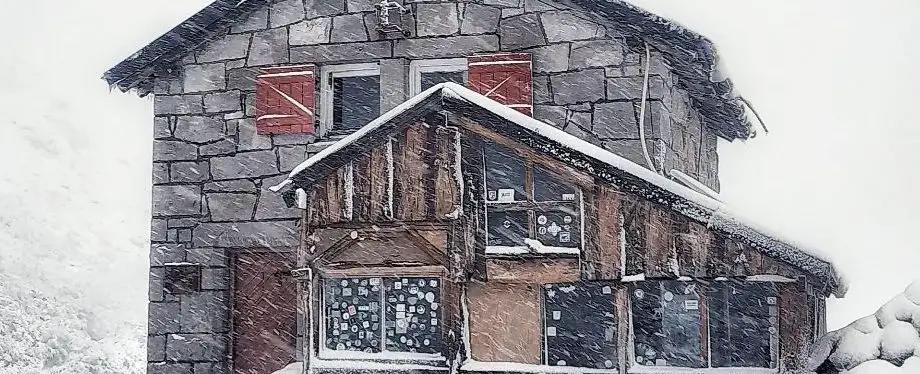Deadly Snow Storms Sweep Mongolia; + Heavy Snow Traps Thousands In Mendoza, Argentina - Electroverse

Deadly Snow Storms Sweep Mongolia; + Heavy Snow Traps Thousands In Mendoza, Argentina
Winter has brought chaos and destruction to Mongolia and Argentina, as heavy snowstorms ravaged the countries, trapping thousands of residents in their homes. Mongolia has witnessed 21 fatalities, 276,500 livestock deaths, and 230,000 people affected by snow disasters. In contrast, Argentina’s Mendoza region has received an “abnormal” amount of snow, with around 5,000 people stranded due to blocked roads and electricity outages. This sudden wave of extreme weather conditions has escalated into a state of emergency in both countries.
Mongolia’s worst winter calamity in a decade occurred due to several factors such as heavy snowfall, strong winds, and rapidly dropping temperatures. Around 9,000 households were left without access to basic needs, such as food and water, and nearly 170,000 livestock were impacted. Authorities have mobilized more than 20,000 rescue teams to provide relief work and evacuate affected residents. The Mongolian government also announced an emergency fund of MNT 10 billion ($3.5 million) to aid in the recovery efforts.
Similarly, Mendoza’s emergency authorities have declared a “state of emergency” due to the heavy snow in the Andean region and advised the populace to remain indoors. Flights and road communication have been suspended, isolating several tourists in the wine country. Additionally, the provincial government dispatched crucial resources like food, medicine, and blankets to the affected areas and urged the national government to provide more support.
The unusually early and severe snowfall in both countries has raised red flags as climatologists predict more frequent and intensified extreme weather events due to climate change. The government and climate-related organizations aim to prepare for these challenges and mitigate their impacts in the future.
Extreme weather events like the ones occurring in Mongolia and Argentina are reminders of the importance of preparedness and emergency response systems, especially in developing countries with fewer resources. These snowstorms have highlighted the need for climate-resilient infrastructure and strategic planning to confront the consequences of climate change.
Quick Links

